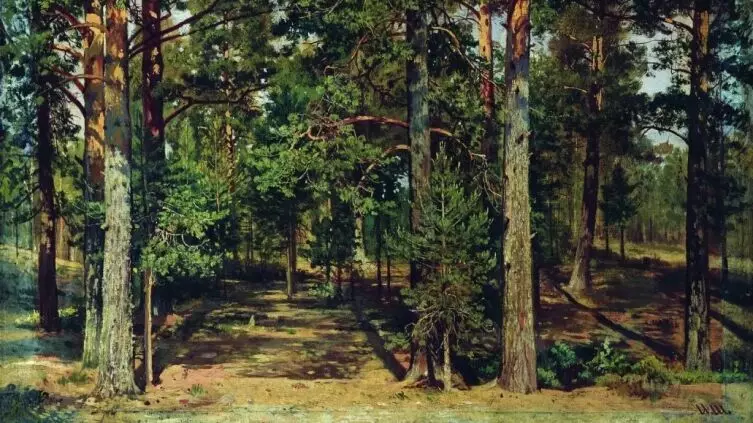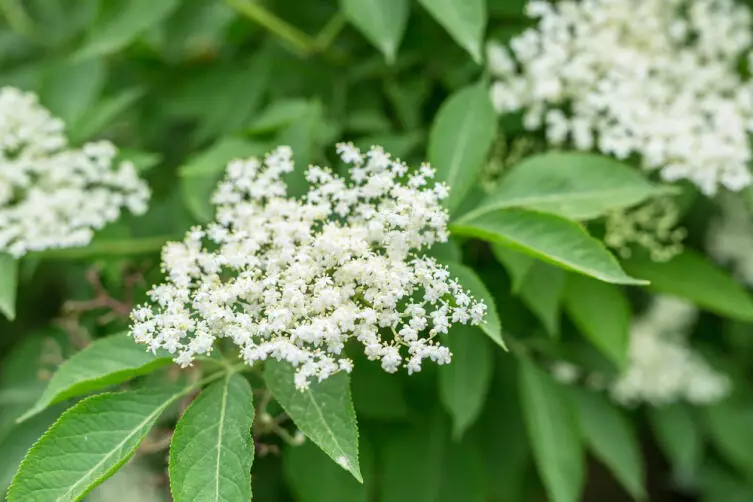
The very word "phytoncide" today is hearing. It comes from two words - "plant" and "kill" borrowed from Greek and Latin languages. This term accurately conveys an interesting feature of plants: to defend against aggressive microorganisms. People have long learned to use plant phytoncides to protect against many diseases. However, plants acquired such properties at all for the health of people ...
Fitoncides are specific substances that are contained in plant tissues and have a property to kill microorganisms and pathogenic fungi, which can damage plant crops.
There is evidence that some phytoncides can kill certain types of insects and even affect the highest animals. For such an ability of plants to defend against the outside world, people are known since ancient times, but in those days the explanation of this phenomenon was not found.
Fitoncides are synthesized and highlighted with overhead parts of plants and often have specific sharp odors. A bright example is the characteristic smell of pine needles, juniper, bow, garlic, radish.
Starting to study phytoncides, initially scientists came to the conclusion that only these busy plants possess the property. However, it later it turned out that phytoncides can be allocated from the fabric of almost all representatives of plant species. Including phytoncid carriers are many decorating city apartment plants: for example, decorative lemon, geranium, chrysanthemum and many others. It is believed that biologically active substances secreted by these plants are eliminated from the set of bacteria and heal the environment.

There is evidence that plants using phytoncides are able to protect each other. For example, in nature, biologically active substances are able to deliver a certain type of culture from pests of a certain species. Apparently, this is connected with the feature of some plants to get along with each other and in such a community to grow better than separately.
Reverse effect is possible: the phytoncides of one plant are able to influence negatively on other vegetable organisms. It happens: two types of plants with each other under any circumstances do not get along. Scientists explain it with the impact of phytoncides.
The ability of plants with biologically active substances to affect each other was studied by people and in antiquity. Already in i century. n. e. Pliny Elder, being a naturalist, studied and described the deaths of grapes associated with the neighborhood with a laurel, cabbage and radish.
Another example is the grapes of Isabella's grapes, which is perfect for many trees, is actively wearing their trunks. However, being planted next to quince or walnut, this plant is developing extremely bad, and maybe even dry even with proper care. Grown next door to the figures, figs, Isabella grapes actively walled along the wood, but on the vine that in contact with the branches of the tree is almost no harvest.
In the gardens where elastives grow, on fruit and berry cultures there are practically absent or present, but in very small quantities, such pests, like flax and frozing. A large number of potent phytoncides highlights the leaves of the cherry. They scare away on insects and small animals.

Today, the properties of phytoncides are widely used by gardeners. In particular, it is known that if the site is infected with nematodes, the landing of velvets will be helped to solve this problem, successfully struggling with this pest. Under the apple tree, experienced gardeners plant a pyrhem or wormwood. In this case, the fruit tree will not be terrible a fruit, which does not endure phytoncides allocated by these herbs.
Fitoncides of plant origin are a kind of chemical weapon directed against natural enemies of plants. The study of such unique qualities of different herbs, trees and shrubs allows you to use them for the benefit of humanity.
Author - Ekaterina Majorova
Source - Springzhizni.ru.
